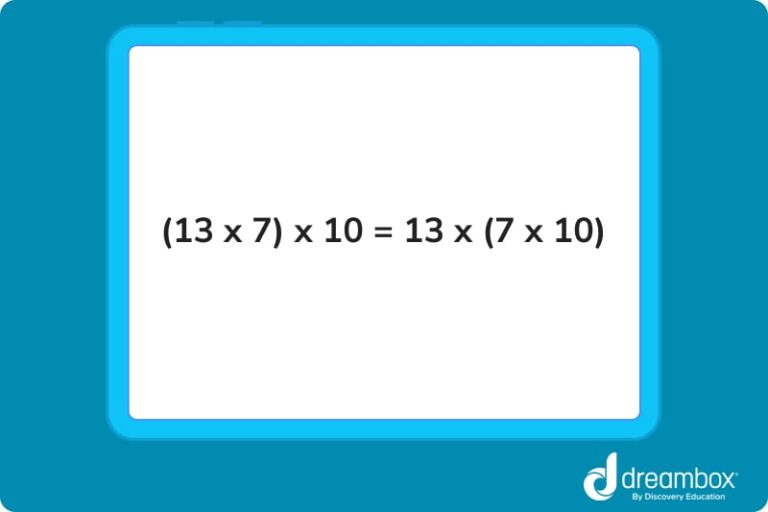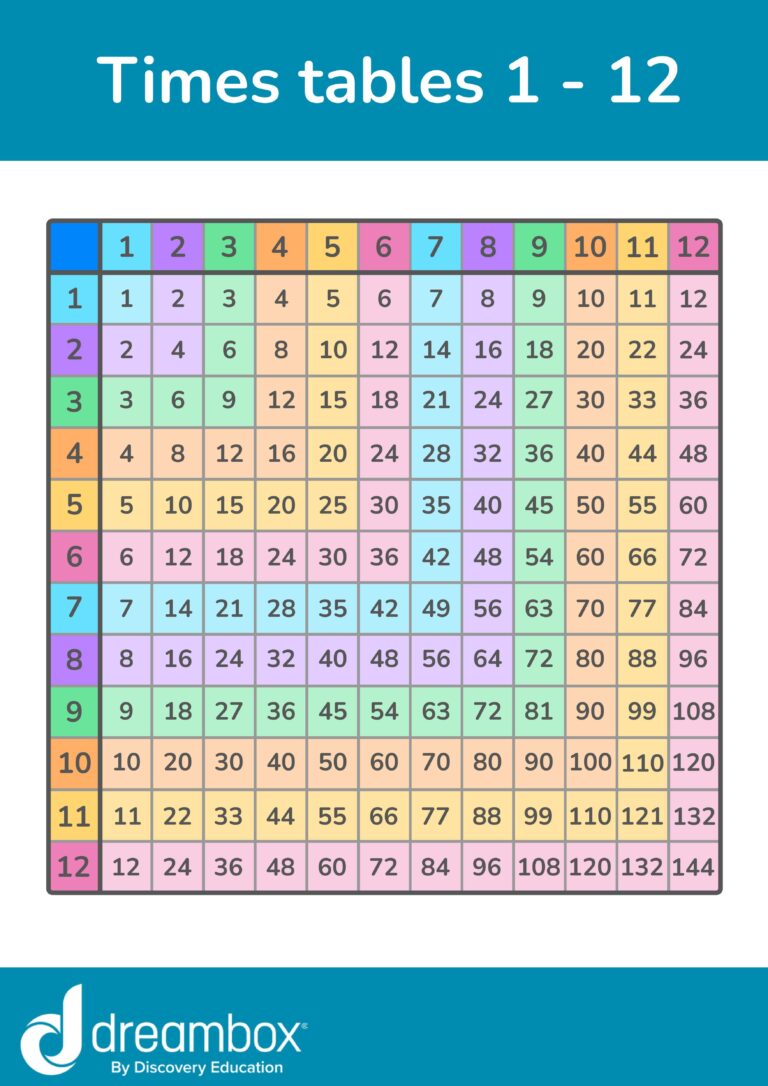How to Teach Multiplication
Learn how to teach multiplication facts in an easy, effective way with these tips from a math tutor.

Author
Amber Watkins
Published:
Nov 2024

Key takeaways
- We will review 5 simple steps of how to teach multiplication and mini activities you can practice with your multiplier right away.
- Throughout the article we will talk about the best math app for learning multiplication and why this supplemental tool might just be the answer you were looking for.
- Finally, we will go over some extra tips on how to teach multiplication to struggling students.
Multiplication skills are the building blocks of math education.
Parents and educators agree on how important it is to help our children get it right. That is why when it comes to multiplication, tutoring requests come flooding in my door.
Don’t fret! There’s no need to call an emergency tutor. Teaching multiplication can start at home and support can continue at home with the right tools—and with YOU!
In this guide, I’ll share my best tutoring tips on how to teach kids multiplication at home simply and effectively.
Table of contents
Turn math into playtime with DreamBox Math
DREAMBOX MATH
Get started for FREE today!

How to teach multiplication in 5 easy steps
First, help your child understand what multiplication means with words
Next, help your child visualize multiplication facts by drawing pictures
Teach your child to find the total by counting & adding
Have fun exploring the multiplication chart and making observations!
Practice common multiplication patterns & rules
These steps on how to teach kids multiplication can be used by:
- Parents teaching their children multiplication who are beginners
- Parents wanting to find out how to teach multiplication facts
- Teachers who are making lesson plans on how to teach multiplication to struggling students
Let’s see how we can be the expert in teaching our children & students multiplication!
Step 1: Start by putting multiplication into words
I’ve found that helping students understand what multiplication means and putting it into words helps them later understand how it’s done.
We’ve all seen basic multiplication facts like 3 x 5 = 15 and 4 x 2 = 8, but how can we explain what it means? Multiplication means grouping. Help your child learn to write this in words.
How to help your child write multiplication facts in words
The first number in the multiplication sentence represents the number of groups. The second number in the multiplication sentence represents the amount in each group.
Here are two examples of writing multiplication facts as words:
1 x 7 means one group of seven
2 x 8 means two groups of eight
Step 2: Encourage drawing pictures to add meaning to multiplication
Pictures are brilliant aids in helping children understand multiplication. Without pressure to solve the multiplication sentence, ask your child to draw the picture it represents.
Here an example of the multiplication problem 6 x 5 drawn as a picture:

Step 3: Demonstrate how to calculate the total by counting & adding
The total of the multiplication sentence can be found in two ways: by counting or adding.
Counting each item and finding the total amount is a great start for beginners! I would recommend starting with this method first. Adding each group together is the more advanced way to find the total. It should be your aim to help your child progress to adding groups rather than only counting, like the example below:
3 x 6 = 3 + 3 + 3 + 3 + 3 + 3 = 18

The math program that drives results
Get started today!
DreamBox adapts to your child’s level and learning needs, ensuring they are appropriately challenged and get confidence-building wins.
Step 4: Have fun exploring the multiplication chart
Spend some time with your child looking over our multiplication chart. Ask questions and allow your child to make observations.
Why is it an important step? Patterns found in a multiplication chart are often associated with rules of multiplication.

Try This! While looking at a multiplication chart together, ask your child:
- “What patterns do the numbers in each row have in common?”
- “What do you see happens when numbers are multiplied by 1 or 0?”
- “What other patterns can you find?”
Step 5: Now it's time to teach your child common multiplication rules
Here are some of the most common rules for learning multiplication that I like to teach right away. Show your child a few examples for each rule. You’ll be surprised how quickly your child will pick up the pattern.
- Property of one: When you group things by 1 or multiply numbers by 1, you end up with the same number. For example, 1 x 7 = 7.
- Property of zero: When you make zero groups of any number the answer is always zero. For example, 9 x 0 = 0.
- Communicative property: You can write the same multiplication problem in a different order and still get the same answer. For example, 5 x 2 = 10 is the same as 2 x 5 = 10.
Try This! Instead of going through the difficulty of creating problems for each rule, try DreamBox Math for multiplication problems with the added benefit of it adjusting as your child progresses.
How to teach multiplication to struggling students
What if despite your best efforts, your child is still struggling to multiply? Here are a few tips that I’ve found to be effective when helping struggling students with multiplication.
- Practice Skip Counting Focus on counting by the harder numbers like 4, 6, 7, 8, and 9. If your child misses a number, encourage adding to find the next number in the sequence.
- Encourage Writing Multiplication Facts Daily Memorization is one of the best methods of how to teach multiplication facts. Have your child practice writing all the multiplication facts for one number each day and read them out loud after they write them.
- Play multiplication games – Game-based learning has been proven to have many benefits to a child’s math development. Stay connected with us by using DreamBox Math that will tailor your child’s gaming experience to their skill level and will continue to challenge them as they continue to improve.
What’s next in multiplication for your child?
As your child progresses with multiplication you may be wondering what’s next. Soon they will learn how to do long multiplication, how to multiply decimals, and many other properties of multiplication.
In the meantime, stick to the basics we discussed. Don’t feel discouraged if you have to revisit some of these tips in the future. A sign of a great teacher is a child coming back with more questions.
Just hit the save button for this article. And we will practice together again real soon!
Take at home math practice to the next level
Empowering parents and educators to make math practice more impactful. Plus, your kids will love it.


